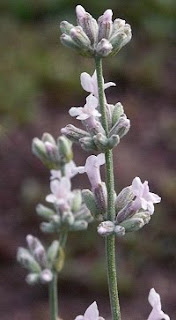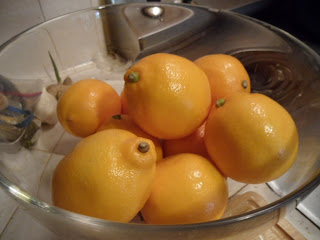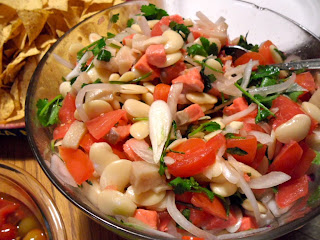It's important to ask yourself what do you want, what would you use, and what works best with your lifestyle? If you're like me and work a lot. Then you're better off selecting herbs that don't need a lot of water such as rosemary, oregano, sage, and thyme. All of these herbs can coexist well in the same pot and are great culinary herbs. It seems like more I abuse and neglect them the better they do.
 Strawberry pots are a great space saver and not just for strawberries.
Strawberry pots are a great space saver and not just for strawberries.There's rosemary, two varieties of thyme, garden sage, and marjoram planted here.
Image from White Flower Farm.
Always keep an open mind and look for something you havn't seen before. The curry plant (Helichrysum italicum) seen at Whole Foods may add a whole new flavor profile to your standard poultry seasoning or the savoriness to your fresh green salad.
I highly suggest trying new herbs regardless of their common name. For example, thyme is not thyme. There is English thyme (Thymus vulgaris) which is our standard thyme we find at home depot or at the super market. There's also Lemon thyme (Thymus citriodorus) which has an additional layer of flavor and Pennsylvania Dutch Tea thyme (Thymus pulegioides) which is in the same genus as the "common" thyme, but is a different species and has a different use. Finally, there's the mysterious Basil Thyme (Calamintha nepeta) which is similar to mint!
Various "Thyme". Image from Mountain Valley Growers
If you enjoy surrounding yourself with flowers then lavender or scented geraniums may be a good choice for you. Try collecting several different types of lavender. Did you know that some lavender is good for eating while others arn't? Lavender also comes in a shades of purple, pink, white, and even yellow. You'd be surprised by the variety of cultivars and species out there. A nice mixture of Woolly lavender, French lavender, and English lavender will provide you with a wide variety of texture, color, and fragrance.
 Yellow and Purple Lavender. Image from Mountain Valley Growers
Yellow and Purple Lavender. Image from Mountain Valley Growers Jean Davis Pink Lavender. Image from Mountain Valley Growers
Jean Davis Pink Lavender. Image from Mountain Valley GrowersScented geraniums come in all sizes, smells, and shape. Some grow big and tall while others are small and creep along the ground. They can smell like roses, mint, lemons, or even nutmeg! They do well in sun or partial shade and can tolerate some neglect. Of course more you water the more they'll flower, and why wouldn't you want that? You can also use the fragrant foliage to flavor sugar, scent books and paper, or make soap.
But at some point in the year all your herbs will want to flower. At which point you can cut them for fresh flowers while maintaining the flavor of your herbs. Check out Mountain Valley Growers, its an online nursery where you can find a wide variety of herbs and flowers.



































